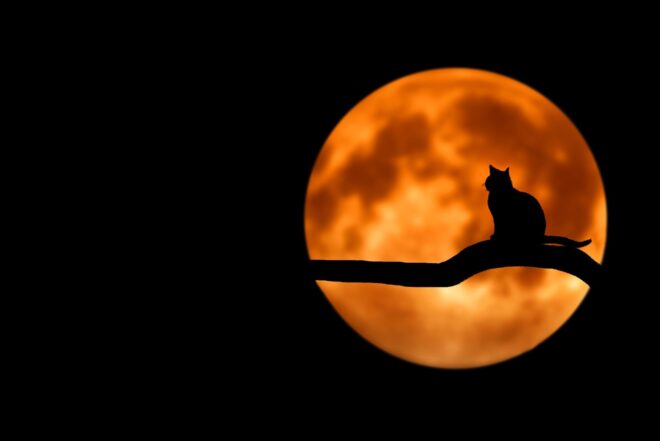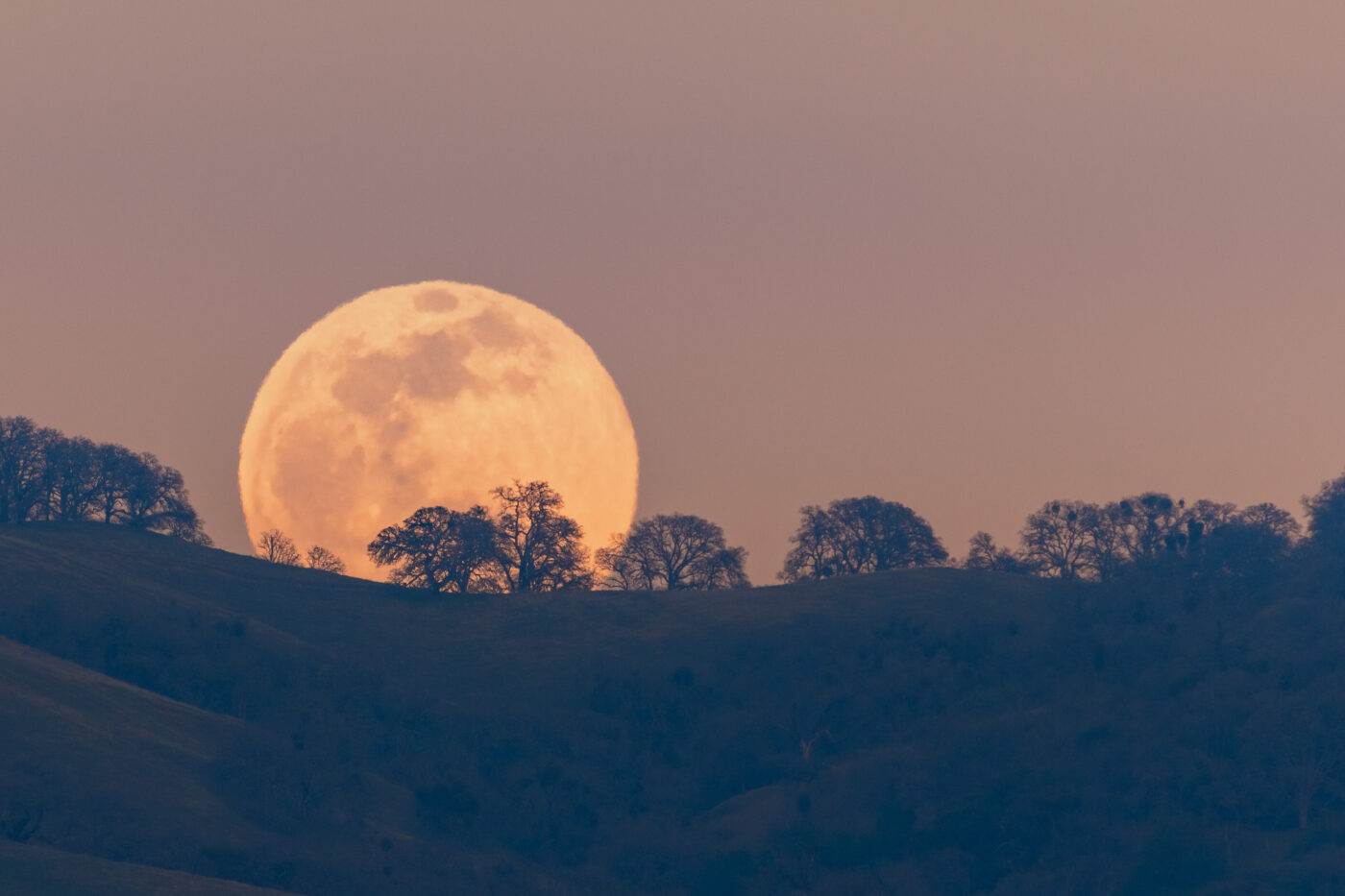The year 2023 will bring 13 full moons, as opposed to the usual 12 full moons per year. In this sense, these 13 gates of light will also mark the year 2023. The first full moon of 2023 will be on January 6 at 18:08.
In 2023, the transit of Pluto into the sign of Aquarius is important, because it is since 2008 in the sign of Capricorn. Pluto's stay in Capricorn marked the entire period that is now coming to an end, and its arrival in a new sign indicates a major transformation that will be the main feature of 2023.
The square of Jupiter and Pluto that will happen mid-May 2023, will play a key role in global events as well as in our personal lives.
Once a month, the Earth, Moon and Sun align in a straight line, with the Moon between them. Because of this, we can see what we call a fully illuminated Moon from Earth full moon.
The full moon is the third primary phase of the moon in the lunar cycle, standing between the first quarter and the last quarter. Each lunar cycle lasts approx 29.5 days, how long it takes the moon to circle the earth.

Full Moon Dates 2023
January: January 6 18:08
February: February 5 13:29
March: March 7 07:40
April: April 6 00:34
May: May 5 13:34
June: June 3 23:42
July: July 3 07:39
August: August 1 14:31 and Blue Moon August 30 20:35
September: September 29 05:57
October: October 28 16:24
November: November 27 04:16
December: December 26, 7:33 p.m
Names of full moons in 2023
Native Americans traditionally gave names to full moons to track the seasons.
January: Wolf Moon
February: Snow Moon
March: Rain Moon
April: Pink Moon
May: Flower Moon
June: Strawberry Moon
July: Deer's Moon
August: Sturgeon Moon
September: Harvest Moon
October: Hunting Moon
November: Beaver Moon
December: Cold Moon

Effects of the Full Moon
High tides
The Moon's gravitational force on the Earth affects the tides of the sea. During a full moon, these gravitational forces pull ocean water in the same direction, causing higher tides.
Cultural significance
In some cultures and religions, the full moon affects the dates of important events and celebrations. For example, in the Jewish religion, which uses the Hebrew calendar, the dates of Passover depend on the full moon. It is similar to the date of Easter in Christianity, which is determined only by the vernal equinox and the full moon.
Interesting facts about the full moon
It is due to the constant motion of the Moon full moon 100% illuminated only briefly time during the day and is only visible in some parts of the world.
On a full moon day, we usually see a 98% illuminated Moon.
The full moon is visible in the sky from sunset to sunrise.
A lunar eclipse can only happen during a full moon.
Although they occur once a month, an additional full moon, known as blue moon, occurs in a fraction of a year (the third of four full moons in a season).






